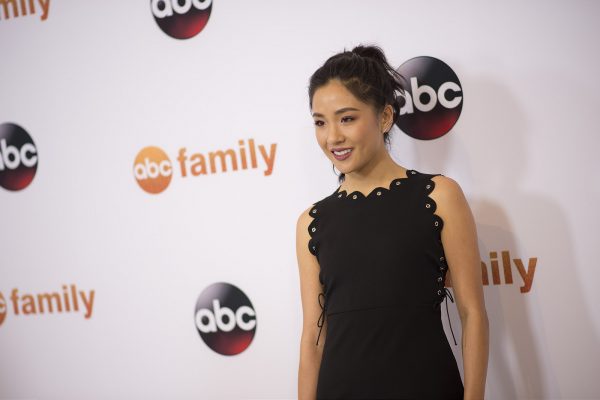‘Crazy Rich’ Representation: Why Hollywood Casting Matters
August 23, 2018
2018 has certainly been a year of social and political rebellion. From the public #MeToo/Time’s Up outcry to the national Black Lives Matter movement continuing to gain momentum, from the remarkable student-led March for Our Lives to the multi-faceted immigrant rights campaigns, one thing became crystal clear — the diverse public demands change.
Jon M. Chu and Nina Jacobson also heeded that call. In August of 2014, after attaining the rights to adapt Kevin Kwan’s novel “Crazy Rich Asians” into a film, Jacobson, a trailblazing American film producer, and Asian-American director Chu teamed up to craft their culturally-inclusive project. With Adele Lim and Peter Chiarelli carefully crafting the screenplay, the team created the first film in 25 years with an all-Asian cast, starring Asian-Americans in leading roles — a feat not performed since “The Joy Luck Club” (1993).
Touted by critics as “A watershed moment for Asian representation in Hollywood,” “Crazy Rich Asians” is inspired by Singaporean-American author Kevin Kwan’s comedic novel. The story follows a whirlwind romance between New York University professor Rachel Chu (Constance Wu, “Fresh Off the Boat”) and her boyfriend Nick Young (Henry Golding), who fails to mention one small thing about himself — he comes from one of the wealthiest families in Asia. So, as they visit Singapore for Nick’s best friend’s wedding, Rachel must battle her boyfriend’s domineering mother and his murky past.
Although the inevitable glamour of the film can be overwhelming, the world created is in part satire, a critique of the consumerist battle of old money and nouveau riche, and offers a new look into East/West dynamics. These are not the stereotypically struggling Asian-Americans that the media often portrays; rather than pinching pennies, Nick’s family lives unabashedly in luxury. These are the overseas Chinese-Singaporean families with oligarchic wealth and British tongues.
Whereas the last leading Asian ensemble of “The Joy Luck Club” aroused a hope for wider Asian visibility that turned out to be a fleeting pipedream, “Crazy Rich Asians” taps into the evolving frame of thought in the United States that supports diversity in blockbusters with non-white stars. In fact, Kwan himself has stated that the “chick-lit” audience embraced the novel … which is primarily dominated by white, Western sensibilities.
Consequently, a film of this caliber faced head-on the questions about race and representation. The cast of Asian-descent actors came from all over the world — including Australia, Malaysia and Singapore — and the film does not apologize for its lack of whitewashed roles. Chu has said that his goal is for it to not just be a landmark film in the history of Hollywood cinema, but also one that helps contribute to a growing movement to represent minority populations in American media.
Of course, that’s not to say the film doesn’t has its flaws. Just as the film has drawn praise for its inclusivity of Asian actors, many are quick to point out that non-Chinese actors, including Golding, play Chinese roles. A reporter from The Straits Times, John Lui, in response to the casting of Japanese costar Sonoya Mizuno as a Chinese woman, remarked, “Hollywood thinks that one drop of Asian blood makes a person ‘Asian’ or at least ‘Asian enough’ … Golding’s ethnically ambiguous face on a movie poster simply works, from Bangkok to Beijing, from Taipei to Tokyo, and maybe Toronto.” In addition to the non-Chinese multiracial castings, others have expressed disappointment in the film’s lack of ethnic diversity and inclusion of South and Southeast Asians, focusing mainly on Chinese predominance.
Of course, these objections are certainly valid; you can’t necessarily claim to be ethically inclusive when in reality your cast is not as diverse as audiences initially believe. That being said, “Crazy Rich Asians” must be acknowledged for bringing Asian identity to the forefront of a whitewashed cinematic landscape. It is not perfect, but it is certainly a good start. By generating a conversation on the depths of diversity, it helps lead toward a hopeful future of active change. The issue of diversity in Hollywood has been addressed, and action was taken; the next move is continuing this inclusivity initiative.













